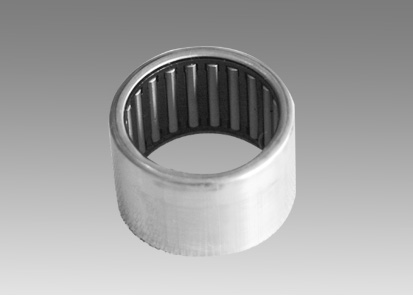
Jul . 27, 2024 08:22 Back to list
Exploring Current Market Prices for 22330 Bearing and Its Variants
Understanding the Price Trends of 22330 Bearing
Bearings play a crucial role in the functionality of various mechanical systems, serving as a key component in reducing friction and facilitating smooth motion. Among the numerous types of bearings available in the market, the 22330 bearing is notable for its robust design and versatility in application. However, the price of the 22330 bearing can fluctuate due to various factors, making it essential for buyers and industry professionals to understand these dynamics.
What is a 22330 Bearing?
The 22330 bearing, specifically a spherical roller bearing, is characterized by its capacity to handle heavy radial loads and moderate axial loads in both directions. Its design features a large spherical inner ring and rollers, allowing it to accommodate misalignment while maintaining a high level of stability and reliability. This type of bearing is commonly used in applications such as industrial machinery, wind turbines, and automotive components, demanding high durability and performance.
Factors Influencing the Price of 22330 Bearings
Several factors influence the pricing of 22330 bearings
1. Material Quality The grades of steel and other materials used in manufacturing bearings can significantly impact their cost. Higher quality materials enhance durability and performance, but they also increase production costs, which is reflected in the final price.
2. Manufacturing Processes The complexity of the manufacturing process, including precision machining and heat treatment, can also affect the price. Bearings manufactured with advanced technology and greater attention to quality control typically command higher prices due to improved performance and longevity.
22330 bearing price

3. Brand Reputation Well-known brands often price their products at a premium due to perceived quality and reliability. Buyers may be willing to pay more for bearings from reputable manufacturers because they trust the consistency and reliability of their products.
4. Market Demand and Supply Price fluctuations in the market are also driven by demand and supply dynamics. In periods of high demand—such as when new industrial projects are underway—the prices of bearings, including the 22330, may rise. Conversely, in times of oversupply or low demand, prices may decrease.
5. Economic Factors Fluctuations in the global economy, including changes in raw material costs, labor costs, and transportation expenses, can influence bearing prices. Economic downturns may lead to price reductions, while periods of economic growth can drive prices upward.
Current Market Trends
As of late 2023, the market for bearings, including the 22330 model, has shown some volatility. After the pandemic disruptions, the demand for industrial machinery has rebounded, contributing to an increase in bearing sales. However, supply chain challenges and fluctuating raw material costs have led to varied pricing strategies among manufacturers.
Many buyers are now looking for cost-effective solutions without compromising quality. This has resulted in a growing interest in aftermarket alternatives and reconditioned bearings, which can offer a more affordable option, albeit with potential risks regarding reliability and longevity.
Conclusion
Understanding the price volatility of the 22330 bearing is vital for businesses that rely on this component for their operations. By considering the various factors that influence pricing, buyers can make informed purchasing decisions. Whether opting for premium brands or exploring cost-effective alternatives, awareness of market trends will help stakeholders secure the best value for their investment. As industries continue to evolve, the demand for high-quality bearings will remain steadfast, making the 22330 bearing a vital topic in discussions about machinery and industrial manufacturing.
Latest news
-
Common Failures in Thrust Ball Bearings and Solutions
NewsAug.22,2025
-
How Tapered Roller Bearings Can Take Shock Loads
NewsAug.22,2025
-
Angular Bearings in High-Precision Spindles
NewsAug.22,2025
-
The Impact of Misalignment on Cylindrical Roller Bearing Performance
NewsAug.22,2025
-
The Role of Cage Design in Deep Groove Ball Bearing Durability
NewsAug.22,2025
-
The Impact of Material Quality on Machinery Bearings’ Lifespan
NewsAug.22,2025
